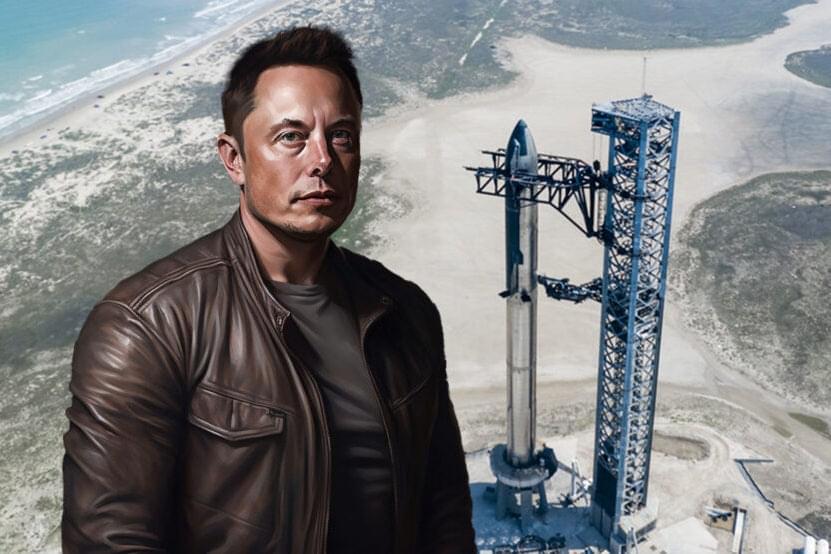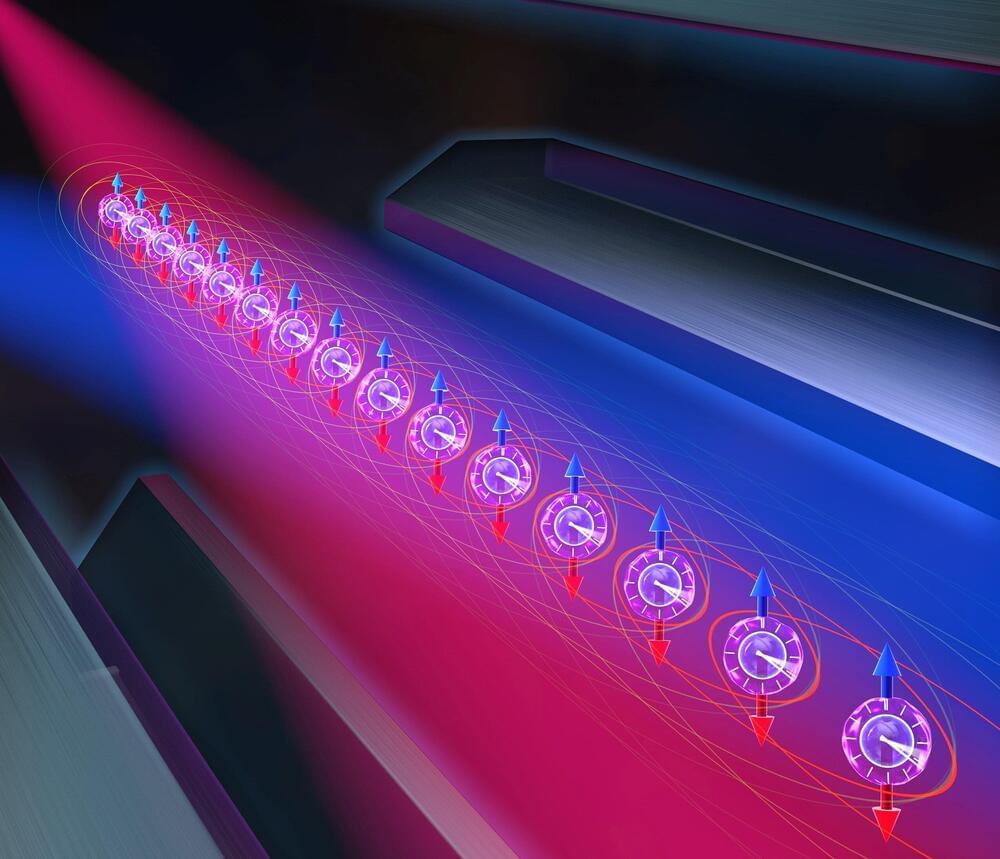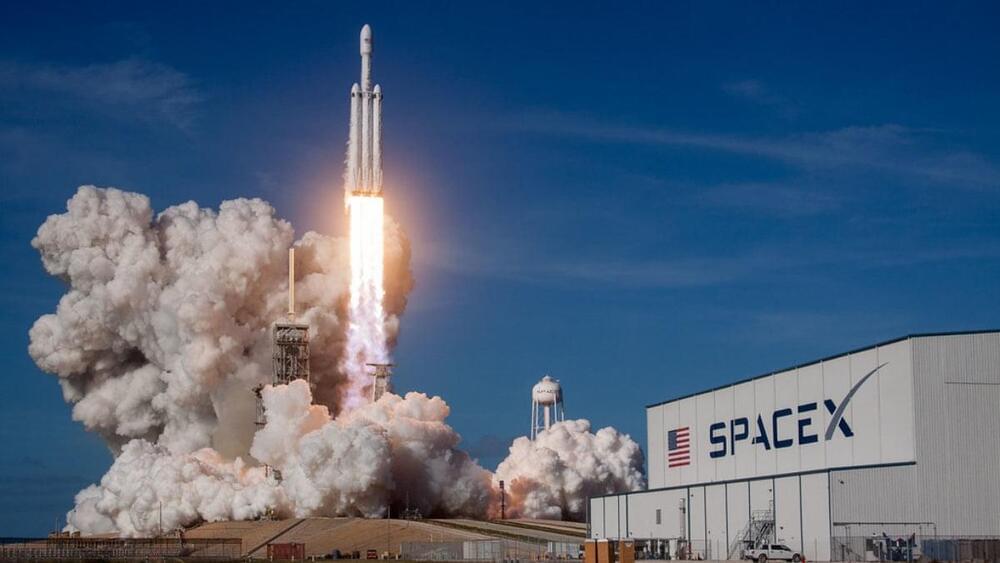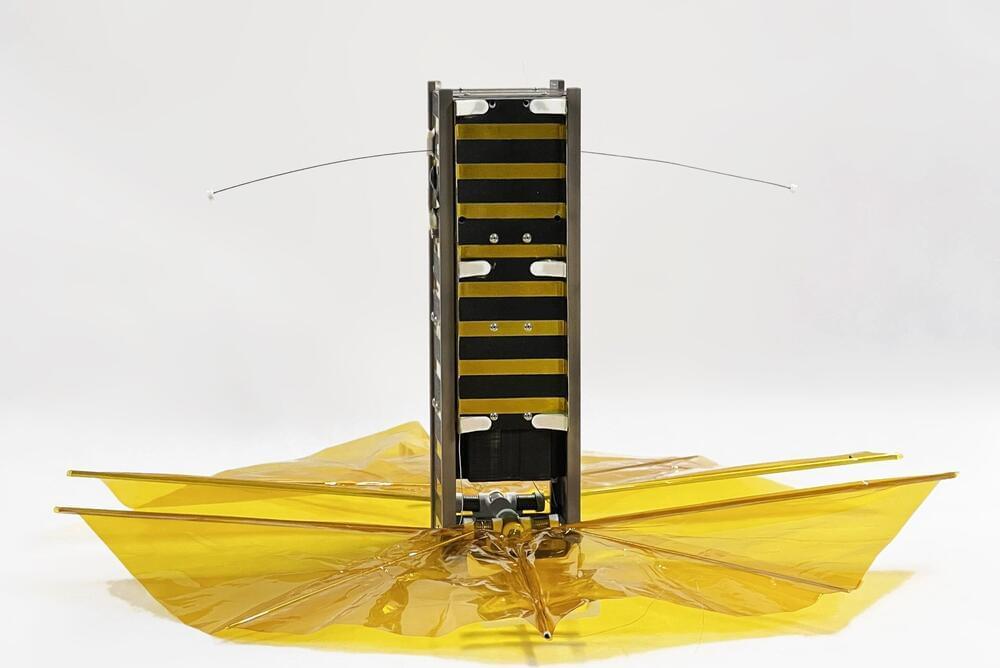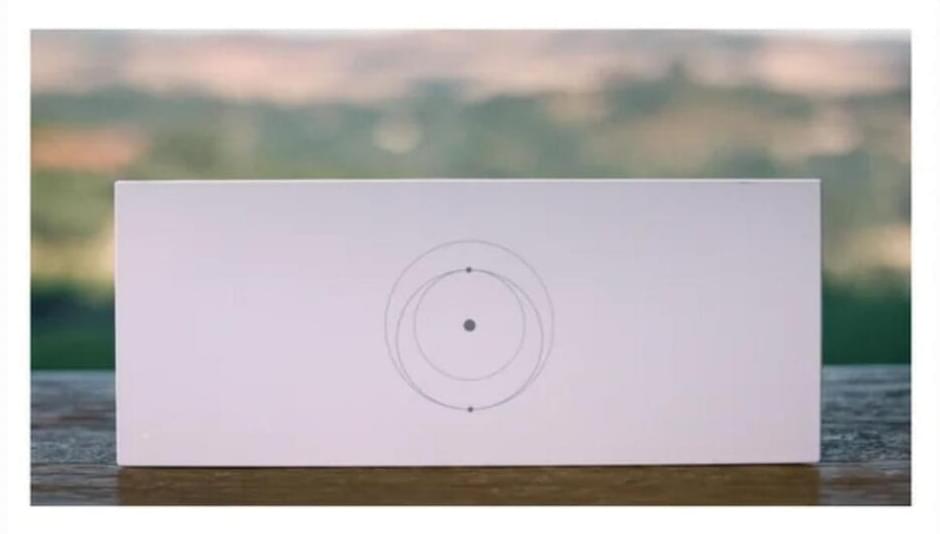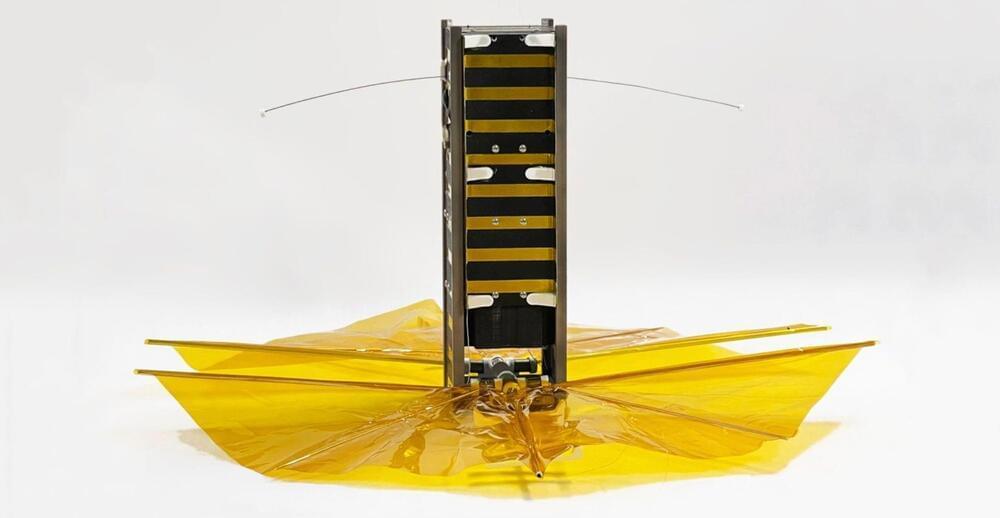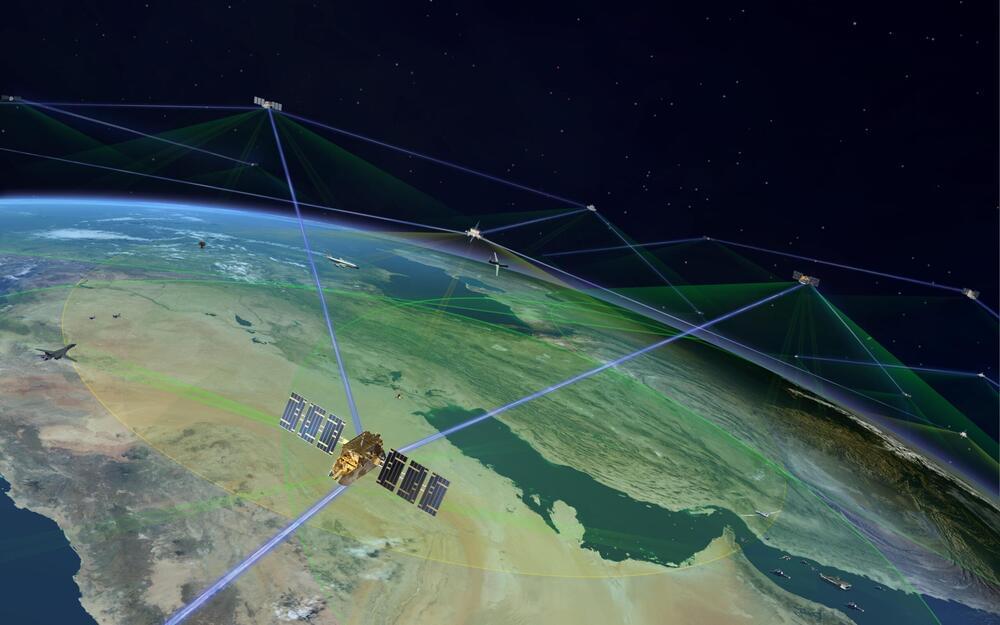SBUDNIC, built by an academically diverse team of students, was confirmed to have successfully reentered Earth’s atmosphere in August, demonstrating a practical, low-cost method to cut down on space debris.
When it comes to space satellites, getting the math wrong can be catastrophic for an object in orbit, potentially leading to its abrupt or fiery demise. In this case, however, the fiery end was cause for celebration.
About five years ahead of schedule, a small cube satellite designed and built by Brown University students to demonstrate a practical, low-cost method to cut down on space debris reentered Earth’s atmosphere sometime on Tuesday, Aug. 8 or immediately after—burning up high above Turkey after 445 days in orbit, according to its last tracked location from U.S. Space Command.
